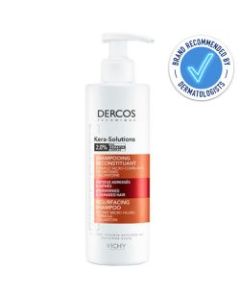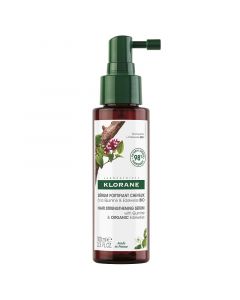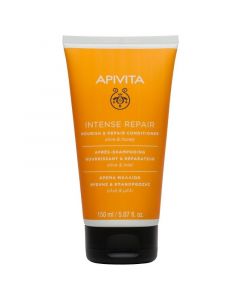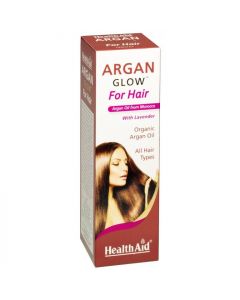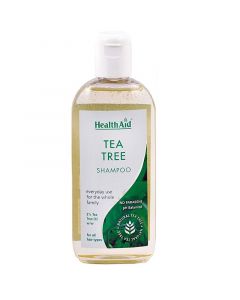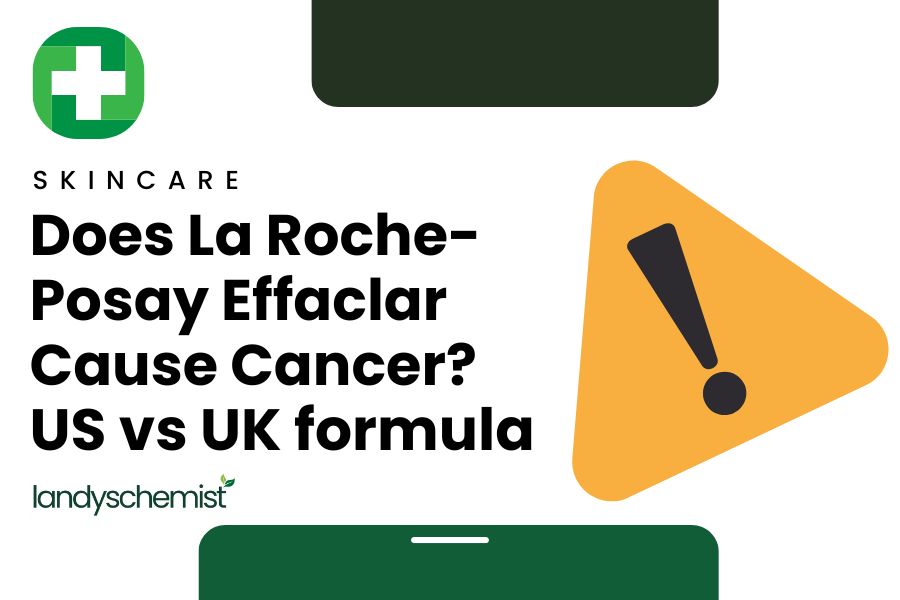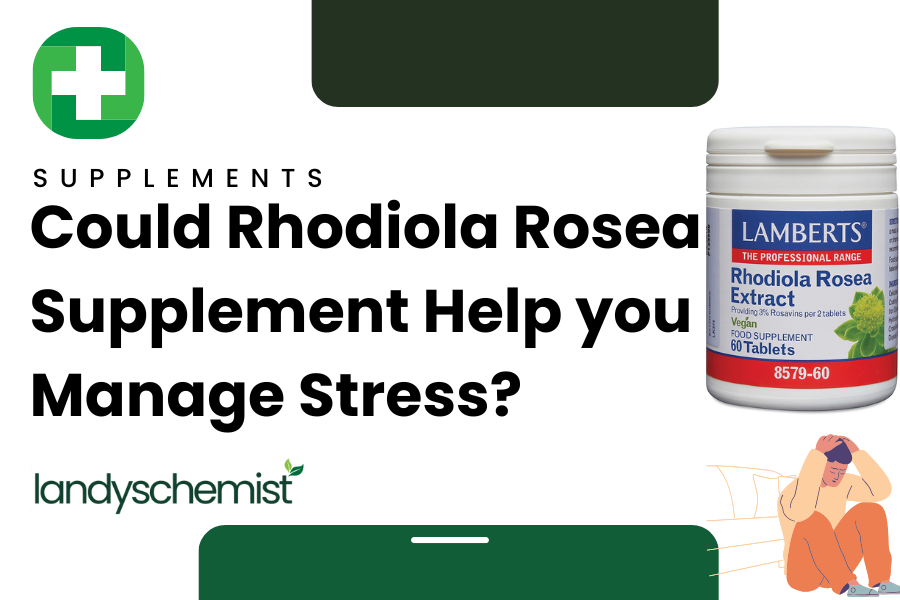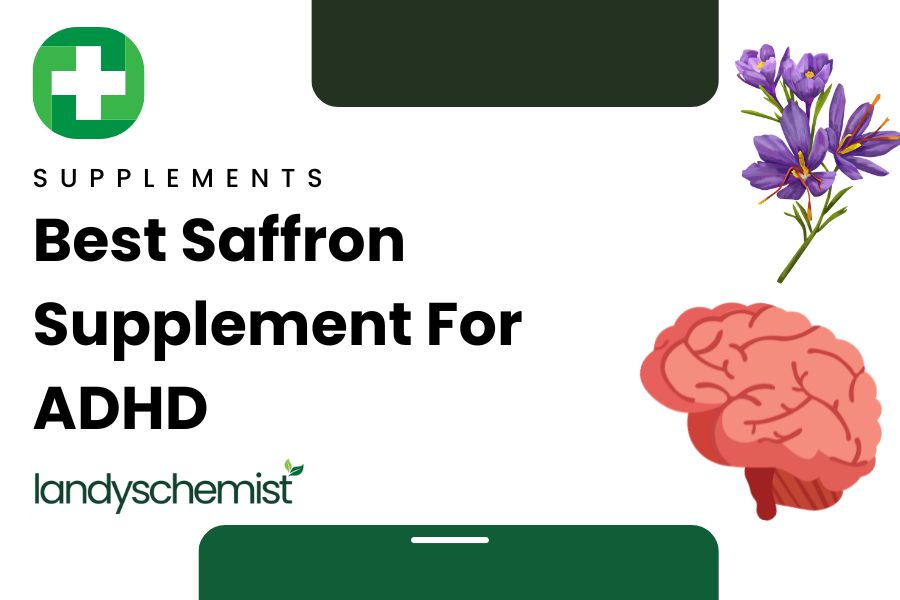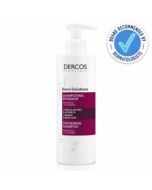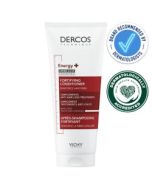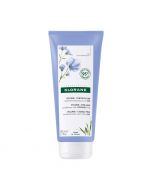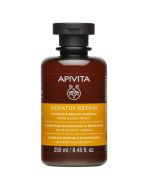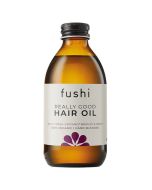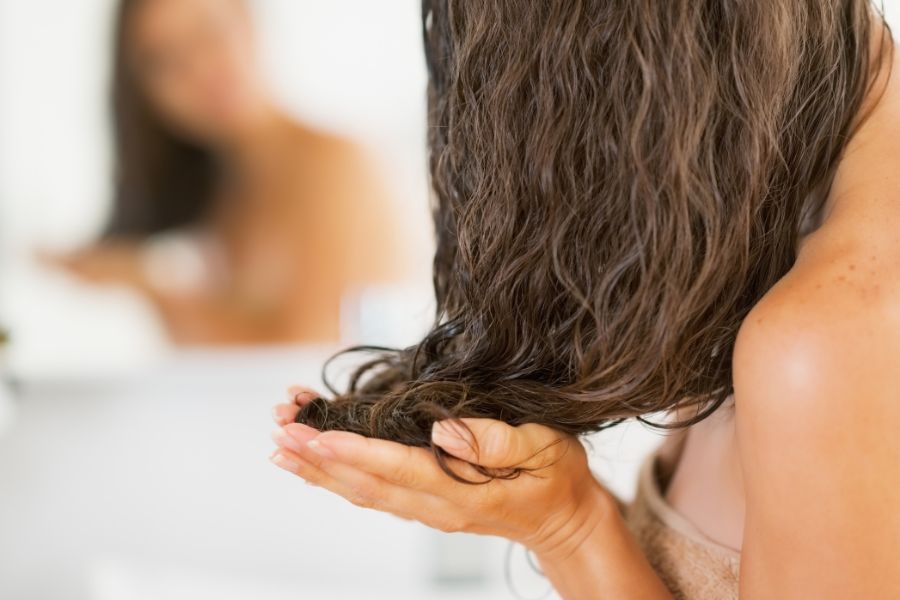
Curly, Wavy or Straight? How to identify and treat your hair type
Everyone’s hair is different and sometimes it can be difficult to know the best way to deal with it. After reading this blog, not only will you be able to recognise your hair type but also understand the best products/ingredients which will allow your hair to reach its full potential!
The Four Main Hair Types
Hair type is determined by the structure, texture, thickness and shape of each person’s hair. Although everyone’s hair is different and there are slight variations, it mainly falls into four categories:
Type 1 hair is straight with no natural curl.
- 1A: Fine and thin, often lacking volume.
- 1B: Medium thickness with more body and volume.
- 1C: Coarse and thick, often resistant to styling.
Type 2 hair is characterised by a gentle S-shaped wave pattern. It falls between straight and curly hair and has more volume and body compared to type 1 hair.
- 2A: Loose waves that are relatively fine and prone to frizz.
- 2B: Waves that are more defined and tend to be thicker with a tendency to frizz.
- 2C: Waves that are more pronounced and have a courser texture with a tendency to frizz and form loose curls.
Type 3 is curly hair that has a distinct curl pattern and ranges from loose curls to tight corkscrew coils. It is characterised by its volume, texture and tendency to frizz.
- 3A: Loose curls that are well-defined and springy.
- 3B: Curls that are tighter and have a spiral or ringlet pattern.
- 3C: Curls that are tightly coiled and have a corkscrew or zigzag pattern.
Type 4 is known as coily or kinky hair as it has a tight curl or coil pattern and is often densely packed. It tends to be delicate and prone to dryness so requires careful handling and moisture retention.
- 4A: Defined, tightly coiled curls with an S-shaped pattern.
- 4B: Less defined, tightly coiled or zigzag-shaped curls that form more of a Z pattern.
- 4C: Tightly coiled or kinky hair that does not have a defined curl pattern.
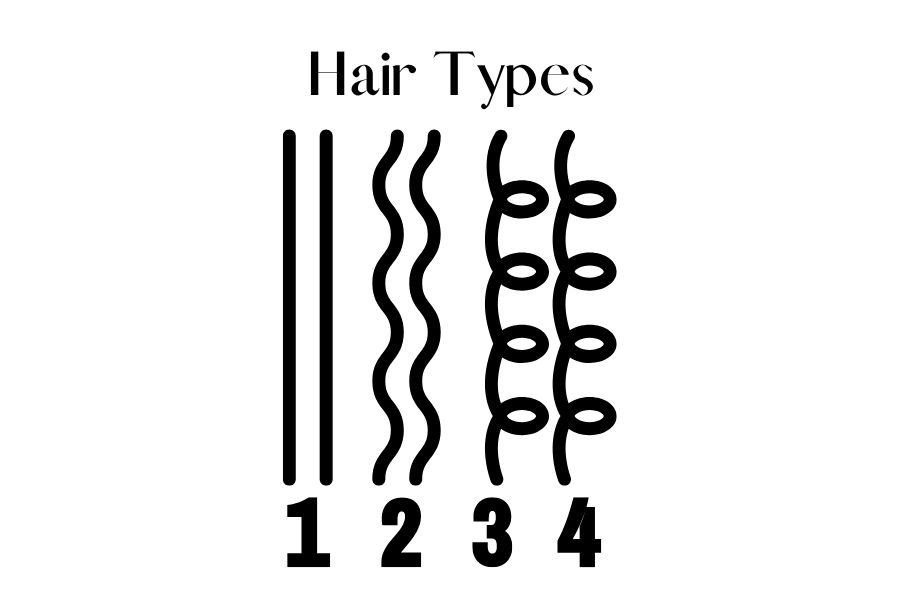
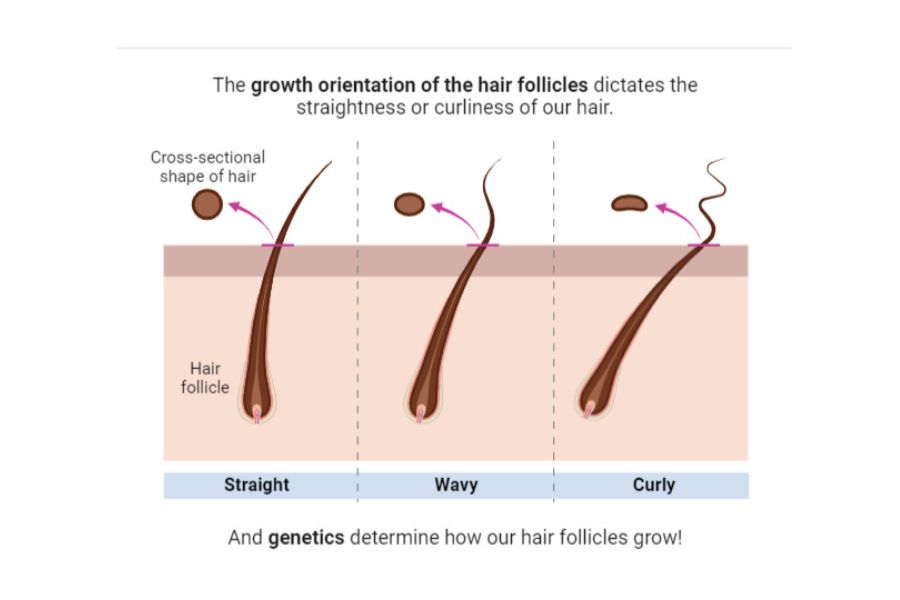
Hair Porosity and Density
Hair Porosity
When hair professionals talk about porosity, they mean your hair’s ability to soak up moisture. If your hair is highly porous, it has a lot of holes in the surface layer, also known as the cuticle, allowing it to absorb more moisture.
This can have both a positive and negative impact. For example, if the climate where you live is humid, your hair will often tend to frizz. That is because the cuticle is drawing moisture from the air. But the good news is that because of its capability to absorb more moisture, it absorbs moisturising products well. A wide range of products, from leave-in conditioners to rich butters, can seal the holes and make your hair easier to manage.
Hair that is less porous is tightly locked and tends to resist moisture, whether that’s environmental humidity or chemical processing.
You may have naturally porous hair, or chemical and heat processing may have made your hair more porous than it normally would be. If you are unsure of your hair’s porosity level, conduct this simple test.
How to do a hair porosity test:
- Lay a few strands of your hair in a bowl of water.
- After a few minutes, have a look.
- Hair that floats has LOW porosity, hair that sinks has HIGH
Hair Density
Hair density refers to the number of hairs on your head. If you can’t see your scalp clearly, you probably have dense hair. If you can see your scalp even without parting your hair, you have low hair density.
Your hair density can be affected by a number of factors, including stress, hormones during pregnancy or menopause and nutrition.
The Best Haircare Practices For Your Hair Type
Type 1 Hair
The main problems people with straight hair suffer from are lack of volume, frizz and dryness.
Beneficial Ingredients:
- Coconut, soybean, almond, and sunflower oils all provide the moisture to combat dryness without weight the hair down by excess residue.
- Vitamins B5, C, and E are all said to enhance volume and body.
- Proteins such as anionic polymers, rice, and corn, help to bind hair and create fullness. Anionic polymers can add volume and body to the hair by increasing the thickness of individual hair strands and enhancing the overall appearance of fullness.
- Keratin works by smoothing down the cells that overlap in hair strands as the hair cuticles absorb the protein, resulting in fuller, smoother, and softer hair.
Contains Hydrolysed Corn Protein, Hydrolysed Soy Protein, Hydrolysed Wheat Protein which all add thickness to each hair stranded adding volume to the hair overall.
Type 2, 3 and 4 Hair
Type 2 and 3: Those with curly or wavy hair should look for shampoos that are hydrating, contain frizz-reducing ingredients, and are free from deep-cleansing surfactants, such as sulfates, which strip the hair of all its natural oils leaving it dry and unhealthy.
Type 4: Those with coily hair, or strands that form compact curls, spirals, or ringlets in a zig-zagged or pleated pattern from the scalp, should aim for a shampoo that offers moisture and hydration.
Beneficial Ingredients:
- Glycerin is a clear natural compound that is used widely in cosmetic products for its moisturising qualities. It draws moisture from the air into hair and retains it, resulting in less frizz and more defined, shiny curls.
- Oils and butters, such as shea butter, jojoba oil, coconut oil, sunflower oil, and argan oil, can help hydrate hair and keep curls and waves smooth and glossy.
- Seed oils, such as Abyssinian seed oil, grapeseed oil, and blackseed oil, are other beneficial ingredients for curly, wavy, and coily locks. These are super light-weight oils that are easily absorbed as well as helping detangle strands while moisturising.
- It is enriched with Cupuacu butter which has been proven to be 1.5x more nourishing and 1.4x more repairing than Shea butter due to its composition of fatty acids, including Omega 6 and 9.
- This product deeply nourishes brittle curls to prevent breakage and tames hair without weighing it down.
Treating Hair Porosity
More Porous Hair
More porous hair tends to have gaps and openings in the hair cuticle, allowing moisture to enter and escape easily. The key focus for high porosity hair is moisture retention and strengthening hair structure as more porous hair tends to have gaps and openings in the hair cuticle, allowing moisture to enter and escape easily.
Beneficial Ingredients:
- Proteins such as hydrolysed keratin, collagen, or wheat protein, can help fortify and strengthen porous hair, reducing frizz and breakage.
- Natural oils like coconut oil, argan oil, or jojoba oil can penetrate the hair shaft, providing moisture and nourishment. They also help seal the cuticle, reducing moisture loss.
- Humectants like glycerin and aloe vera attract moisture from the environment, helping to hydrate and moisturise porous hair.
- Shea butter is a rich emollient that moisturises and seals the hair, providing intense hydration and improving the hair’s elasticity.
- Ceramides help strengthen and repair the hair cuticle, reducing porosity and improving moisture retention.
Contains Glycerin to attract and retain moisture and contains niacinamide which promotes a healthy environment for health growth as well as enhancing the appearance of thickness.
Less Porous Hair
Less porous hair has a tightly closed cuticle, making it more difficult for moisture to penetrate the hair shaft. The key focus for low porosity hair is on moisture absorption and preventing product build-up as less porous hair has a tightly closed cuticle, making it more difficult for moisture to penetrate the hair shaft.
Beneficial Ingredients:
- Lightweight oils like grapeseed oil or almond oil can moisturise low porosity hair without weighing it down. They provide moisture without leaving a heavy residue.
- Aloe Vera is a hydrating ingredient that can penetrate the cuticle and provide moisture to the hair shaft without causing build-up.
- Protein-free conditioners can help avoid product build-up on low porosity hair, keeping it moisturised without weighing it down.
- Clarifying ingredients such as apple cider vinegar or clarifying shampoos can help remove product build-up from low porosity hair, allowing moisture to penetrate effectively.
- Steam or heat: Using gentle steam or heat during deep conditioning treatments can help open the cuticle slightly, allowing for better product absorption in low porosity hair.
When used periodically, they remove product build-up allowing for more moisture absorption. However, it is important not to use them too often as they will strip your hair of its natural oils and leave it dry. Try to only use them once a week.
Treating Hair Density
For Denser Hair:
High density hair has a tendency to look and feel heavy so it is important to look for lightweight products as well as volumisers to create a fuller cohesive look.
Beneficial Ingredients:
- Dense hair can often be heavy, so using lightweight oils such as argan oil, grapeseed oil, or jojoba oil can help moisturise the hair without weighing it down or causing greasiness.
- Volumising ingredients like panthenol (provitamin B5) or hydrolysed wheat protein, can add volume and body to dense hair, making it appear fuller and more manageable.
- Polymers like polyquaternium-11 or polyquaternium-55 can coat the hair strands, adding thickness and making the hair feel more substantial.
- Avoid heavy silicones like dimethicone or cylopentasiloxane as they can weigh down dense hair. Look for lightweight silicone alternatives or opt for silicone-free products.
Silicone-free so won't weigh down hair or make it feel heavy
For Less Dense hair:
Less dense hair will benefit from ingredients that add volume, thickness, and promote the appearance of fuller hair.
Beneficial Ingredients:
- Thickening agents like hydrolysed rice protein, collagen, or keratin can help add volume and thickness to less dense hair, giving it a fuller appearance.
- Biotin, also known as vitamin B7, is often associated with promoting healthy hair growth and may help improve the thickness and strength of less dense hair.
- Niacinamide is a form of vitamin B3 which can help improve the circulation in the scalp, promoting a healthy environment for hair growth and potentially enhancing the appearance of thickness.
- Scalp stimulating ingredients like peppermint oil, rosemary oil, or tea tree oil can provide a tingling sensation on the scalp and help improve blood circulation, which may support healthier hair growth.
- Texturising ingredients such as sea salt or sugar can add texture and body to less dense hair, creating the illusion of fuller, thicker hair.
Summary
- Everyone’s hair is unique in its own way so its important you get to know it inside and out.
- Whether you want to improve the styling of your hair or enhance its health, the ingredients of the products you use will make all the difference.
- Learning to love your natural hair is a process that doesn’t come easily to everyone, but treating your hair with the care and attention it deserves is a good place to start.

